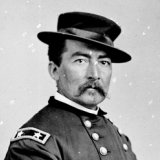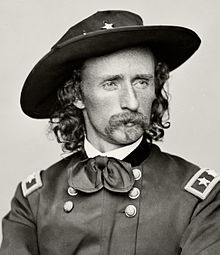April 26 –
John Wilkes Booth is killed today, in 1865, when Union soldiers track him down to a Virginia farm 12 days after he assassinated President Abraham Lincoln.
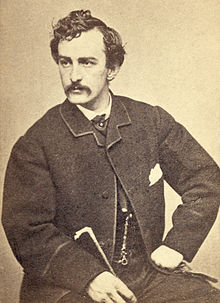
Twenty-six-year-old Booth was one of the most famous actors in the country when he shot Lincoln during a performance at Ford’s Theater in Washington, D.C., on the night of April 14. Booth was a Maryland native and a strong supporter of the Confederacy. As the war entered its final stages, Booth hatched a conspiracy to kidnap the president. He enlisted the aid of several associates, but the opportunity never presented itself.
After the surrender of Robert E. Lee‘s Confederate army at Appomattox Court House, Virginia, on April 9,
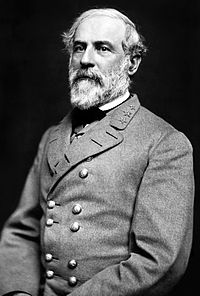
Booth changed the plan to a simultaneous assassination of Lincoln, Vice President Andrew Johnson,
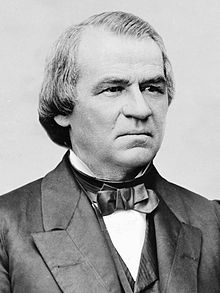
and Secretary of State William Seward. Only Lincoln was actually killed, however.
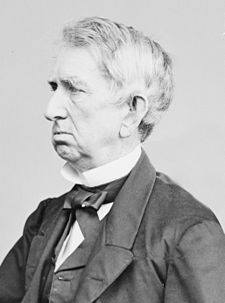
Seward was stabbed by Lewis Paine but miraculously, he survived with multiple injuries and damage, while the man assigned to kill Johnson did not carry out his assignment.

After shooting Lincoln, Booth jumped to the stage below Lincoln’s box seat. He landed hard, breaking his leg, before escaping to a waiting horse behind the theater. Many in the audience recognized Booth, so the army was soon hot on his trail.
Booth and his accomplice, David Herold, made their way across the Anacostia River and headed toward southern
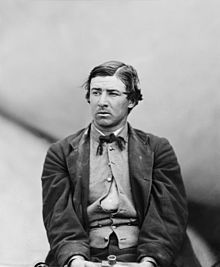
Maryland. The pair stopped at Dr. Samuel Mudd‘s home, and Mudd treated Booth’s leg. This earned Mudd a life sentence in prison when he was implicated as part of the conspiracy, but the sentence was later commuted.
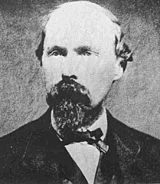
It also led to Dr. Mudd’s name going down in history as the originator of the phrase, “your name is mud” to denote someone as a scapegoat.nd refuge for several days at the home of Thomas A. Jones, a Confederate agent, before securing a boat to row across the Potomac to Virginia.
Booth found refuge for several days at the home of Thomas A. Jones, a Confederate agent, before securing a boat to row across the Potomac to Virginia. After receiving aid from several Confederate sympathizers, Booth’s luck finally ran out. The countryside was swarming with military units looking for Booth, although few shared information since there was a $20,000 reward. While staying at the farm of Richard Garrett, Federal troops arrived on their search but soon rode on. The unsuspecting Garrett allowed his suspicious guests to sleep in his barn, but he instructed his son to lock the barn from the outside to prevent the strangers from stealing his horses. A tip led the Union soldiers back to the Garrett farm, where they discovered Booth and Herold in the barn. Herold came out, but Booth refused. The building was set on fire to flush Booth, but he was reportedly shot by trooper Thomas P. “Boston” Corbett while still inside.
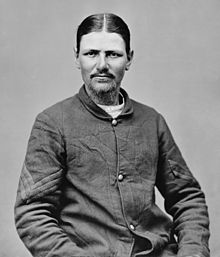
He lived for three hours before gazing at his hands, muttering “Useless, useless,” as he died.
To purchase a signed copy of Larry Auerbach’s novel “COMMON THREADS”, Click Here
Photo courtesy of wikipedia.com


